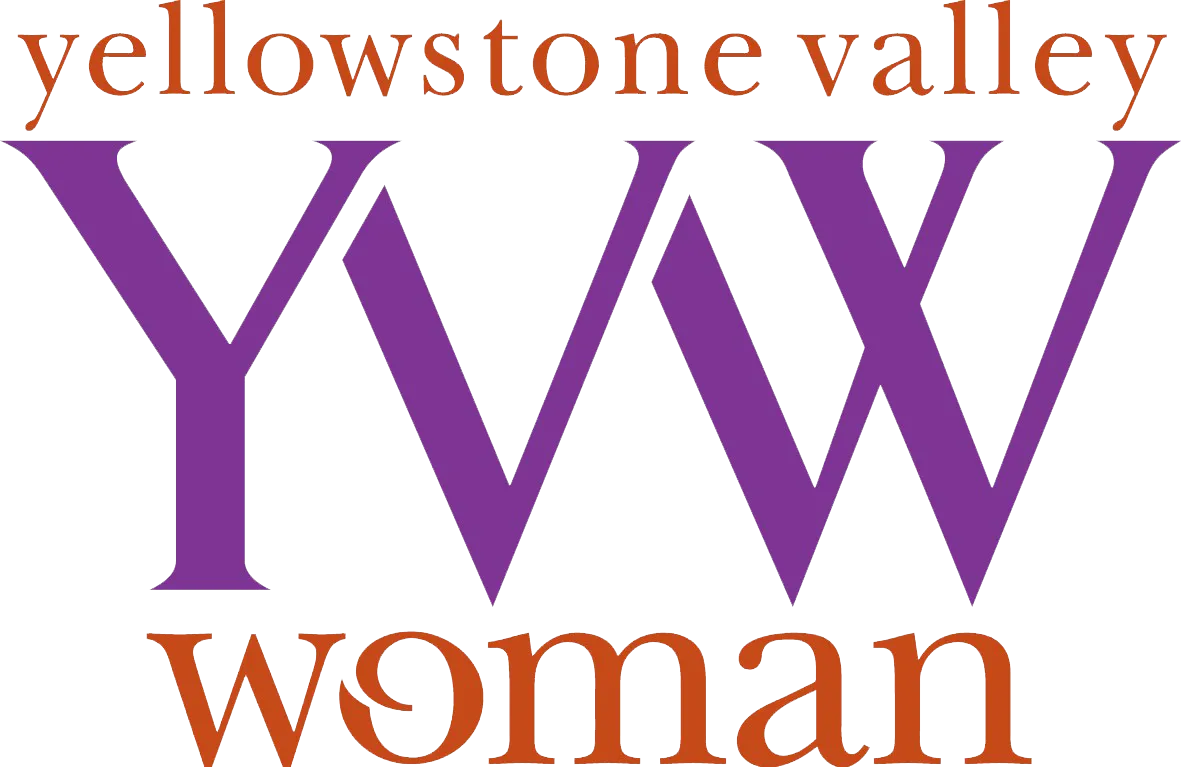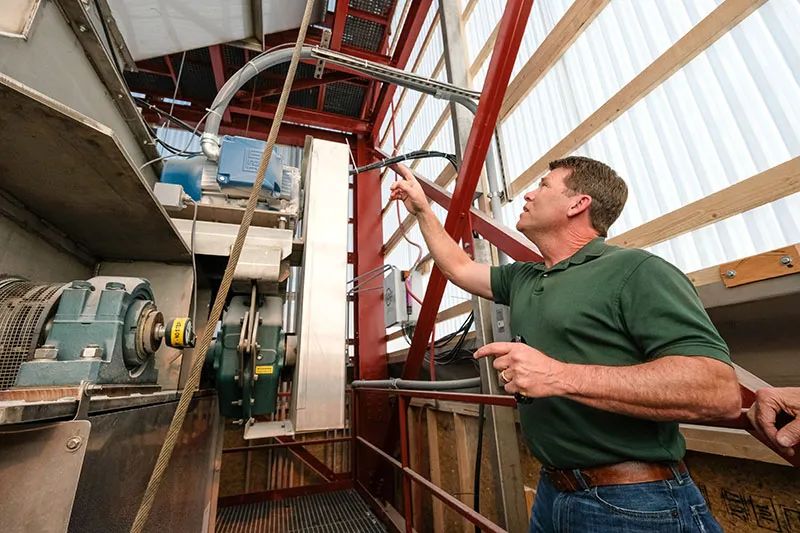
Meeting the Demand
Town & Country Supply Association fertilizer plant is open for business
One of the largest buildings constructed in Yellowstone County in recent years is a sight to behold, but it’s a good bet that it has been seen by only a tiny fraction of the people who live in the county.
That’s because it’s located at the end of East Coulson Road in Lockwood, tucked in between a high bluff on one side and the railroad tracks and Yellowstone River on the other.
But visibility isn’t everything. This particular building is a fertilizer plant, built by the Town & County Supply Association, a cooperative with 800 farm-and-ranch members, and for the association the location is perfect.
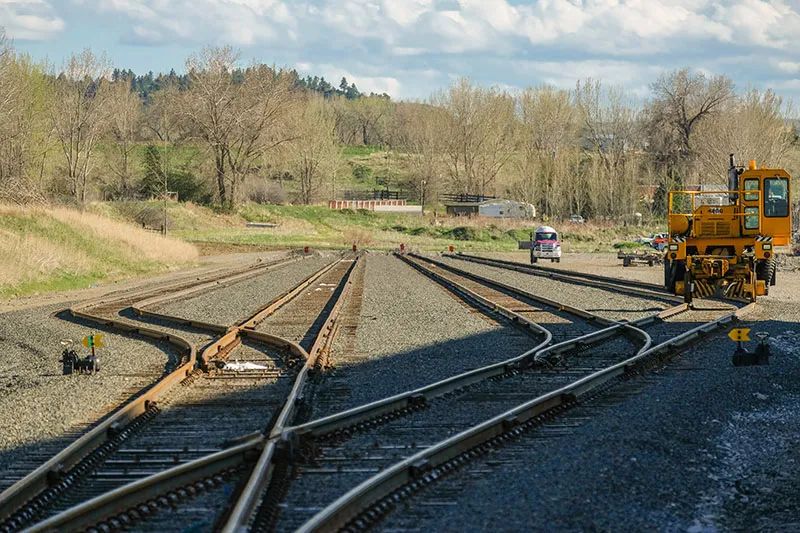
The 22,800-ton plant sits astride the Montana Rail Link tracks, part of the larger BNSF system, and the plant has its own rail spur — four sets of tracks that will hold almost 90 cars — that it built for $1.9 million. It is also near the junction of Interstates 90 and 94, and close to the proposed Billings Bypass, which will span the Yellowstone River and connect Lockwood with the Billings Heights.
“It’s ideal for distribution,” says Wes Burley, the association’s general manager. “It’s a great distribution spot for us. And when the overpass goes in, it’ll just be that much better.”
Robert Williams, a Joliet-area farmer and president of the Town and County Supply board of directors, says the main benefit of the new plant will be ensuring a year-round supply of fertilizer for its members, or patrons. Timing is all-important in farming, and sometimes in the past, it was difficult, even impossible, for the co-op to get fertilizer to all their farmers when they needed it.
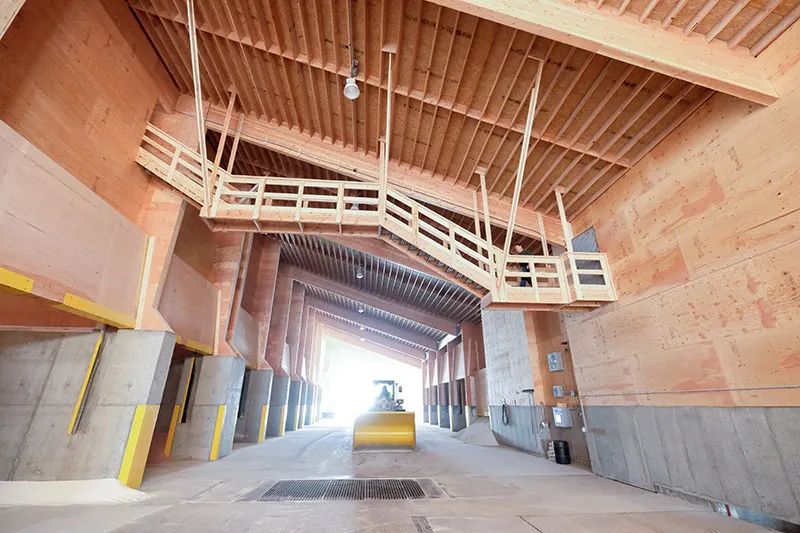
The plant is also good news for the Yellowstone County tax base and very good news for the trucking industry. An 85-car unit train can hold 8,000 tons of fertilizer, Williams says, while the average truckload is 25 to 35 tons — meaning each unit train of fertilizer results in more than 250 truckloads going out of the plant.
“Something like this is just tremendous for the local economy,” Williams says.
The new plant is 330 feet long and a required 4,500 cubic yards of concrete, plus huge quantities of plywood, two-by-fours and enormous laminated wooden beams. The cavernous central space rises up three or four stories, with a central tower soaring up even higher. Burley is not sure just how high, but says, “I know by the time you get up there you’re tired, and you can see a long way.” The plant is divided into separate chambers for holding urea nitrogen, mono-ammonium phosphate and other ingredients of farm fertilizer.
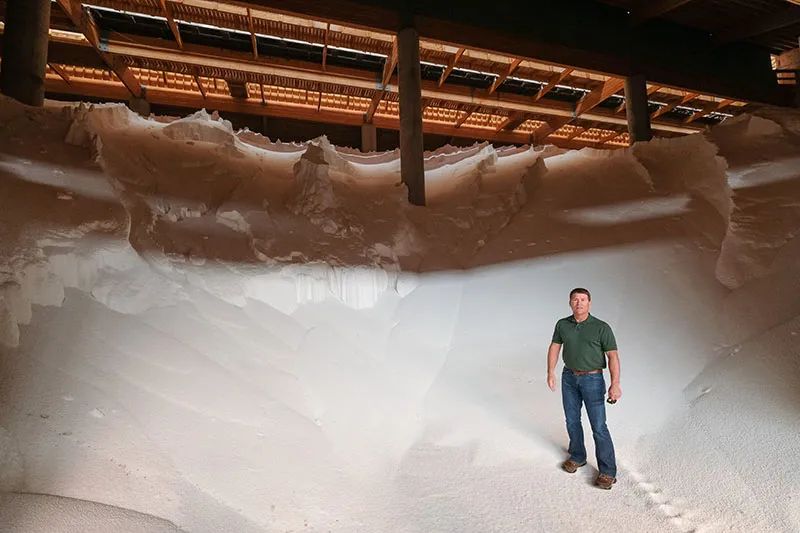
The plant also has a brand-new high-intensity mixer that is capable of fully blending a truckload of fertilizer in just 13 seconds. Using satellite imagery and soil testing, today’s farmers can apply carefully blended mixes of fertilizers that vary from section to section of a given field. It’s not just the blending that’s super-fast. Burley’s first job was with co-ops in the Cenex system, and he worked at a 2,000-ton fertilizer plant in Miles City.
“It was built, I believe, in 1976, and I went to work there in 1979,” he says. “So it was a new facility, and it took us an hour and a half per hopper on a rail car to unload it, which basically equated to about four and half hours of steady unloading to unload an average rail car of fertilizer. This new unit here, we can do it 10 to 15 minutes per rail car. It’s rated at 600-ton-per-hour unloading.”
It's a lot faster for the truckers, too, whether they’re contract haulers or farmers coming in to pick up their own loads.
“At our old facilities, we would have 10 or 12 trucks backed up, waiting to get loaded,” Burley says. “This facility will get them loaded out so fast they won’t have to get out of their trucks, other than to come in and grab their paperwork.”
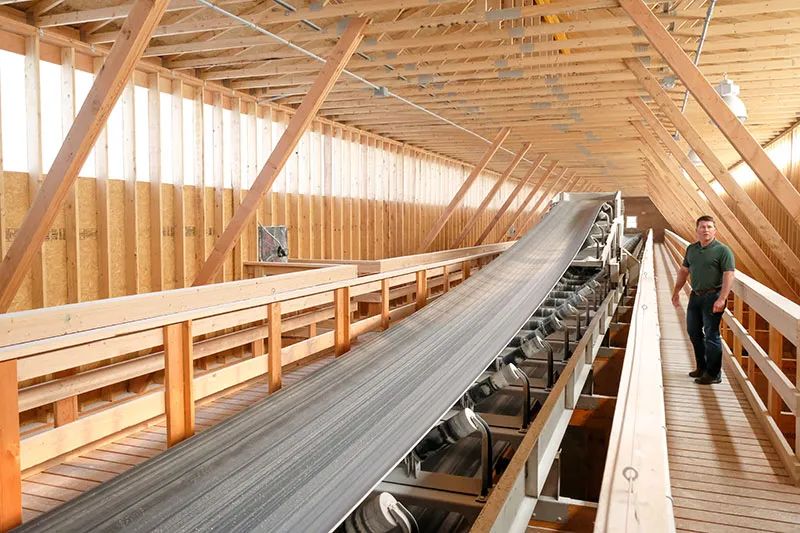
Building the fertilizer plant was a big move for the association, a locally owned cooperative whose origins go back to the 1930s. It became Town and Country Supply in 1997 when the Laurel Co-op Association merged with the Co-op Service Center in Billings. Town and Country’s headquarters are still in Laurel.
The association has four divisions — agronomy, energy, farm supply and convenience stores — with operations that include two much smaller fertilizer plants in Hardin and Edgar. It also has three full-service farm supply stores and three convenience stores in Laurel, Billings, Bridger and Hardin.
Burley, who has been the association’s general manager since early in 2000, says he started crunching numbers on the feasibility of the new fertilizer plant almost seven years ago. “It’s been a long, drawn-out process, getting to the point of determining that it made sense, and then the time it took to actually find a location that would work for us,” he says.
Williams, the board president, says that although building the plant was a major decision, Burley made the board’s job a lot easier by developing “a wonderful pro forma.” He says Burley studied the project from every possible angle and came to the board with “some excellent numbers. It just looked like it was going to be a worthwhile project.”
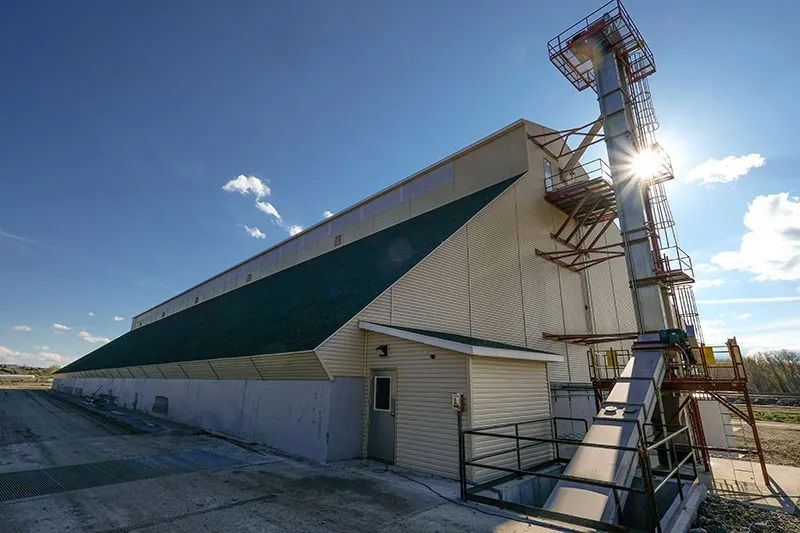
Once they finally found the right location, at the end of East Coulson Road, the project came together fairly quickly. The association bought 86 acres on the site, of which about 24 acres were usable, located on flat ground. The project was originally estimated at $12.4 million — which included the $1.9 million rail spur — and ended up costing $13.3 million, with most of the overrun attributable to site preparation. “We did a lot of dirt work out there, more than we thought,” Burley says. Additional costs came in design and engineering work because the association wanted to accommodate detailed plans for future expansion, including more bulk fuel and propane tanks, as well as extra storage space.
When construction on the plant began last summer, the plan was to have it finished by the end of December. The association met that goal, shipping its first batches of fertilizer from the plant by late December. Burley had words of praise for First Interstate Bank, which financed the project, and Montana Rail Link, which helped put together the rail spur. “They were just fantastic to work with,” Burley says of MRL.
There are several other fertilizer plants of comparable size in Montana, Burley says, but no other co-op has built one without finding a major partner. “We’re the first local co-op in Montana to step out and do our own without any help,” he says, “so there’s a little notoriety there, I guess.”
Town and Country Supply has 85 full-time employees and 50 part-time and seasonal workers throughout its many operations, but the huge new fertilizer plant is so fully automated that it can be run by just two employees. The plant itself was also built with expansion in mind, so the support structures for extra towers and loadout stations are already in place.
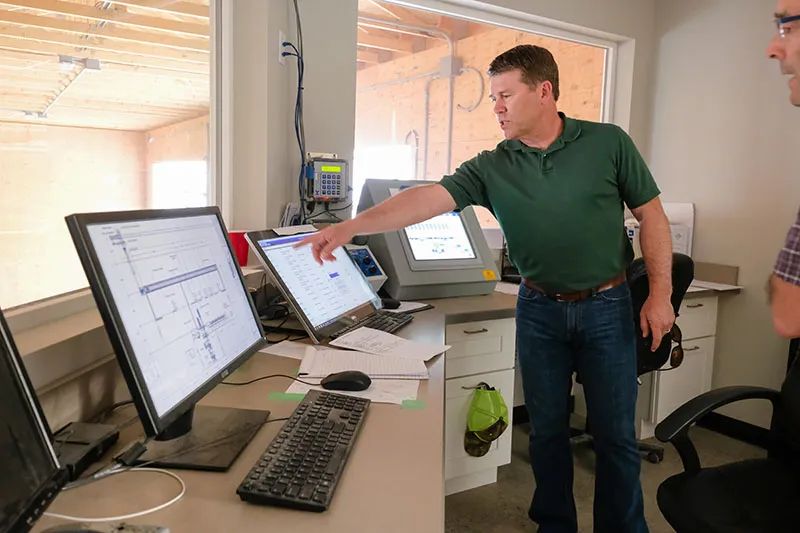
With less than half a year of operation in the books, the plant is already exceeding expectations. They had hoped to go through twice the capacity of fertilizer the plant can hold in the first year, Burley says, but it is on track to ship out about three times that capacity. “It’s really taking off fast,” he says.
The plant hasn’t necessarily resulted in lower fertilizer prices for member farmers yet, Burley says, but only because it’s so new that efficiencies are still being fine-tuned. “Hopefully, down the road, as we do this, it will continue to lower the grower's cost of inputs,” he says.
And because the plant is run by a co-op, which pays dividends to its patrons every year — 30 percent in cash and 70 percent in stock to be retired at a later date — members benefit in more ways than lower costs of inputs.
“If we see all the efficiencies that we anticipate,” Burley says, “theoretically what that will do is just put a larger profit on the bottom line, which in turn, as a cooperative, goes back to our patrons.”
